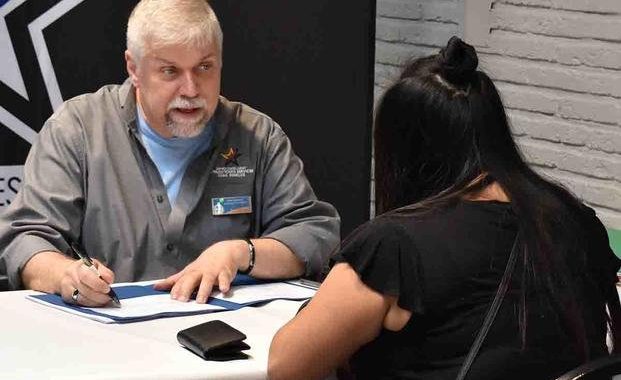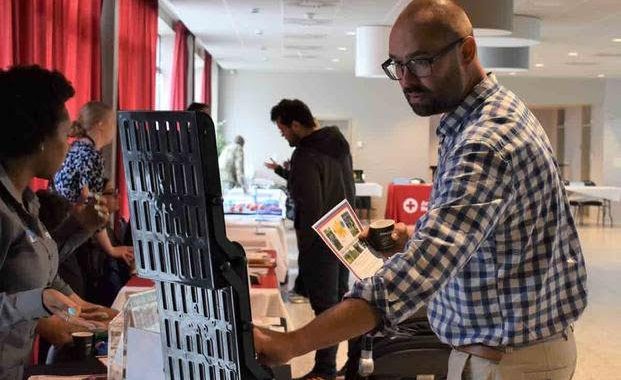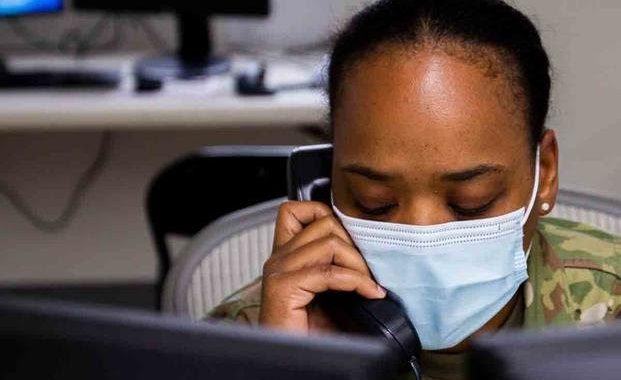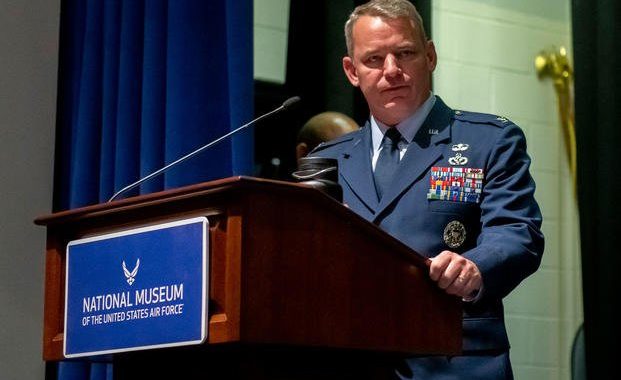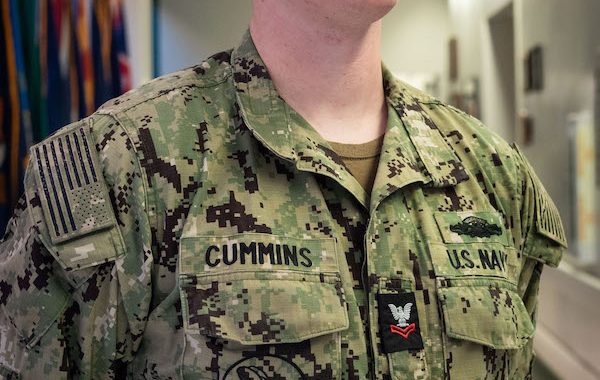Army’s Combat Training Centers Discuss Trends
4 min read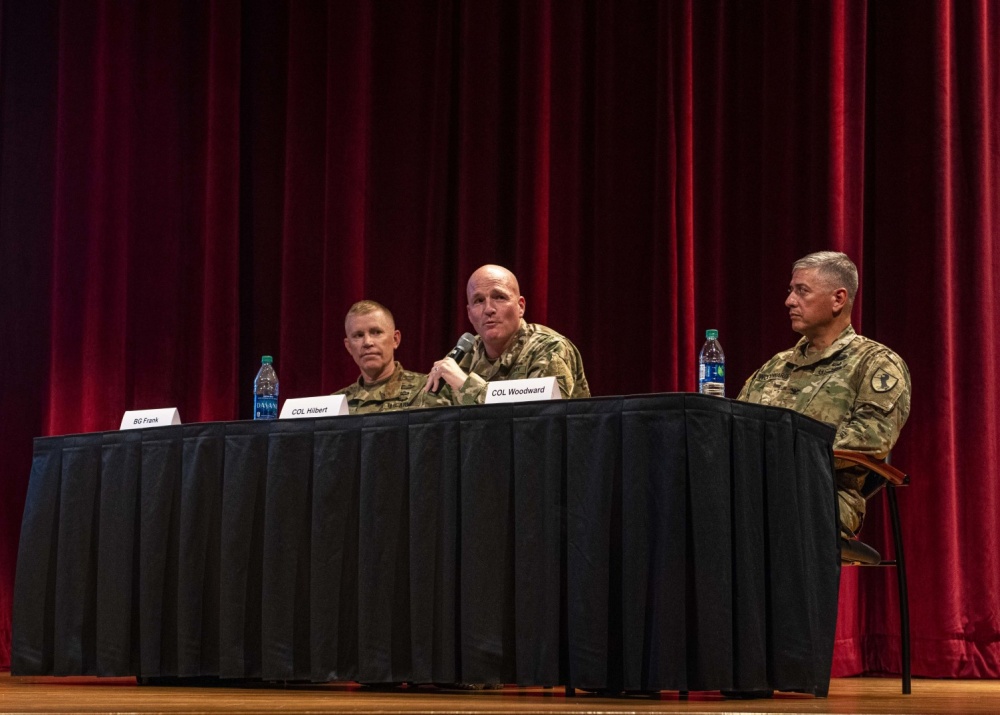
FORT BENNING, GA, UNITED STATES
Story by Sue Ulibarri
Fort Benning Public Affairs Office
FORT BENNING, Ga. — Leaders from the U.S. Army’s Combat Training Centers, or CTCs, shared current trends and tactics to win on the battlefield during a CTC panel discussion on day two of the 2019 Maneuver Warfighter Conference at the Maneuver Center of Excellence here Sept. 10-12.
This year’s conference theme, “The Brigade Combat Team: Readying for Large Scale Combat Operations,” provided a key platform for the leaders to highlight their center’s continual efforts in providing brigade combat teams with the rigorous and realistic training scenarios required for units to stand ready to defeat the enemy.
Brig. Gen. Patrick D. Frank, commanding general, the Joint Readiness Training Center and Fort Polk, Louisiana began the “CTC Trends and Best Practices” discussion along with panel members Col. Scott Woodward, commander of the 11th Armored Cavalry Regiment, National Training Center at Fort Irwin, California and Col. Joe Hilbert, commander of Operations Group, Joint Multinational Readiness Center, Hohenfels-Grafenwoehr training complex, Germany.
“Here’s what we’re seeing from units coming out of the box at JRTC,” said Frank. The box refers to the training battle areas. “Staff proficiency needs to be improved down to the company and battery level. They need to understand what their battalion and brigade commanders want them to kill on the battlefield. So war-gaming is important as well, there’s never too much units can do when it comes to war-gaming.”
Other areas he saw as needing improvement included coordinated and refined use of artillery fire and air assault assets.
The need for synchronized fires capability was also a trend at NTC said Woodward.
“Fires needs more synchronization, along with enabling rotating units’ mission command posts, reconnaissance and continuing to focus on the fundamentals,” he said. Don’t forget the art of warfare, and remember repetition sets us apart.
Army Regulation 350-50, “Army Combat Training Center Program”, outlines the purpose and task of combat training centers as enabling and building trained and proficient, combat-ready units and leaders ready to conduct operations as part of the joint force, with an end state of units and leaders prepared to deploy worldwide, fight with confidence, and win against any adversary anytime under any conditions. Using the U.S. Army’s Decisive Action Training Environments, a training model incorporating current intelligence to create intense, authentic training environments for Soldiers, leaders and units. This highly realistic operational environment is often created by replicating enemy scenarios through the use of a near-peer opposing force, or OPFOR. Defeating the OPFOR means defeating the enemy, according to the AR 350-50
Frank touched on three ways to beat the JRTC’s dreaded Geronimo, or OPFOR.
“It’s crucial for units to establish and enforce security 24/7 on the battlefield, this is the area Geronimo [JRTC’s OPFOR], sees the weakest link in units in the box,” he said.
Seizing the opportunity to gain an advantage and win was another area he advised units to take.
“Units need to take any opportunity to gain an advantage, the enemy will, so we need to do the same,” Frank said.
Woodward added, having a great attitude and keeping things simple was the key to winning against JRTC’s OPFOR : “Keep it simple focus on killing things, steel to targets.”
The National Training Center and Joint Readiness Training Center operate under U.S. Forces Command while the Joint Multinational Readiness Center, falling under 7th Army Training Command, operates under U.S. Army Europe. These centers, referred to as maneuver combat training centers or “dirt centers,” are just three of the Army’s four premier training grounds. The fourth is the Mission Command Training Program at Fort Leavenworth, Kansas.
Maintaining the capacity to conduct 10 rotations per year, U.S. Army Europe’s JMRC is located in a forward deployed environment and provides force-on-force and liv- fire training for USAREUR brigade combat teams in a joint scenario across a range of conflict, using a live, virtual and constructive training model.
U.S. Army Forces Command’s JRTC and NTC train Army BCTs by conducting force-on-force and live-fire training in a joint scenario across a range of conflict also using live, virtual and constructive training via replicating enemy scenarios with a near-peer opposing force, or OPFOR . The center supports unit readiness, force generation processes and focuses on collective training events supporting BCTs in decisive action proficiency.
To see more photos from the second day of the Maneuver Warfighter Conference, visit https://www.fortbenningphotos.com/Maneuver-Center/Warfighter-Conference/Annual-Maneuver-Conference/2019-Maneuver-Warfighter-Conference/2019-Day-2-Maneuver-Warfighter-Conference.
To watch the video on CTC Trends, visit https://vimeo.com/fortbenningtv/ctctrends
For more Maneuver Warfighter Conference stories, visit https://www.army.mil/Benning.


